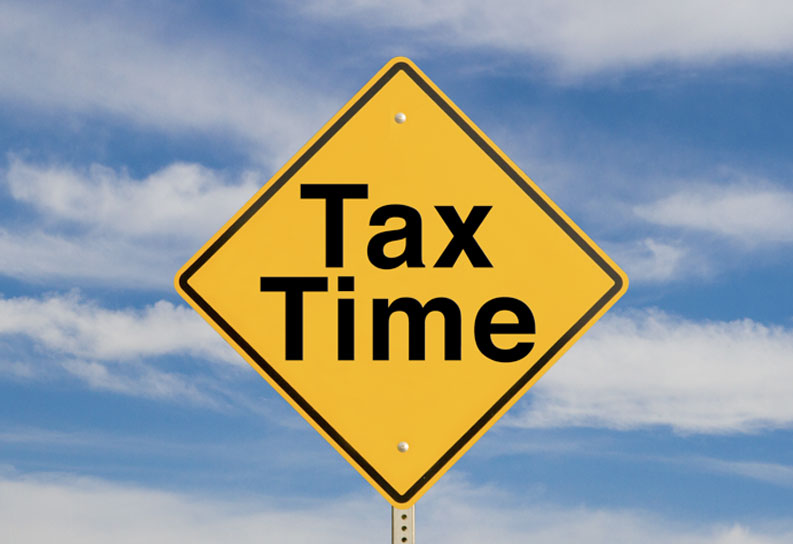Charities can save themselves a lot of money and improve their marketing by making sure their data is up-to-date and accurate, says Glenn Harrison
Charities are huge users of direct mail because donors tend to be older, more affluent people who respond well to this channel. This makes data cleansing incredibly important, especially when fundraisers are expected to spend their budgets as effectively as possible – wasting money on large volumes of incorrectly addressed mail is unacceptable.
However, it’s not just about the money. Being seen to be wasteful (in terms of both lost budget and environmental issues around unopened mail packs) can create bad PR, while mailing people who are deceased has the potential to be even more damaging to the brand. Think of the fallout for a cancer charity if a widow receives a mailing from them addressed to her late husband who died from cancer.
Many charities feel it’s enough to have robust processes for dealing with complainants and returned mail (known as goneaways) by removing these records from their mailing files. However, most people simply bin incorrect mailings rather than making the effort to return them. So charities need to start making their data clean and correct before mailings are sent out because, by the time a deceased notification or goneaway is received, it’s already too late: money has been wasted and damage done.
Data cleansing is a relatively simple operation and, is something that charities have to do to ensure compliance with the privacy law. So why are so many charities letting their data go dirty?
One reason is that many fundraisers are targeted by their board to mail a given number – sometimes hundreds of thousands of people a year, because boards misguidedly believe this is how to maintain donation levels. This disincentives’ marketer’s from cleaning data because cleaning reduces mailing volumes. But if boards understood that data cleansing enabled them to spend less and make more money by reducing wastage and improving response rates, they might look at changing their marketing objectives.
The two other reasons are that charities don’t have data cleansing budgets, or they don’t have time to include it in their campaigns. I don’t buy these reasons, though, because the process of cleansing only takes two or three days, even for huge mailing files. And the money charities save typically dwarfs the cost of data cleansing. For example, data cleansing activity we carried out with one charity saved $24,000 that would otherwise have been wasted on sending mail items addressed to deceased persons – and this was just across two campaigns.
So here are six steps charities can take to clean up their data:
Use experts: Find an expert data cleansing bureau – it will have the external data resources required, such as The Australian Bereavement Register (TABR) suppression file and lists of goneaways, which it can match against a charity’s data to identify what records need updating or suppressing. Take the time to investigate different data cleansing routines and choose the supplier that can meet your charity’s specific needs.
Undertake a data audit: before every campaign ask your mailing house/ data processing bureau to validate your data (including any external cold name files) against their suppression files. This should be free and will show if a full data cleanse is required.
Apply a Unique ID: Often called a unique reference number, applying an individual ID to each record is essential for managing data accurately and tracking any changes. This also helps in identifying bad data sources.
Ensure accurate data capture and input: Create a guideline for data capture to improve basic data quality, ensuring that all required data fields are made mandatory, such as postcodes. Keep standards the same – Road or Rd, Street or St – as this improves data cleansing accuracy and makes processing time more efficient.
Little and often: Don’t end up with a large annual data cleansing bill. Cleansing data monthly or quarterly cuts mailing costs and reduces wastage.
Allow enough time: Give the data bureau plenty of time to do the necessary checks to ensure it’s done properly – more haste, less speed.
Finally, charities need to adjust their priorities. Data cleansing might not be as exciting as creating a cool mail pack that stands out in the mailbox. However, it’s where a real difference can be made. If someone’s name is spelled incorrectly or they no longer reside at the address, the investment in creativity is lost.
Given that inaccurate data is one of the top three reasons for complaints about receiving direct mail, data cleansing is potentially a powerful investment in building and maintaining a charity’s brand values.











